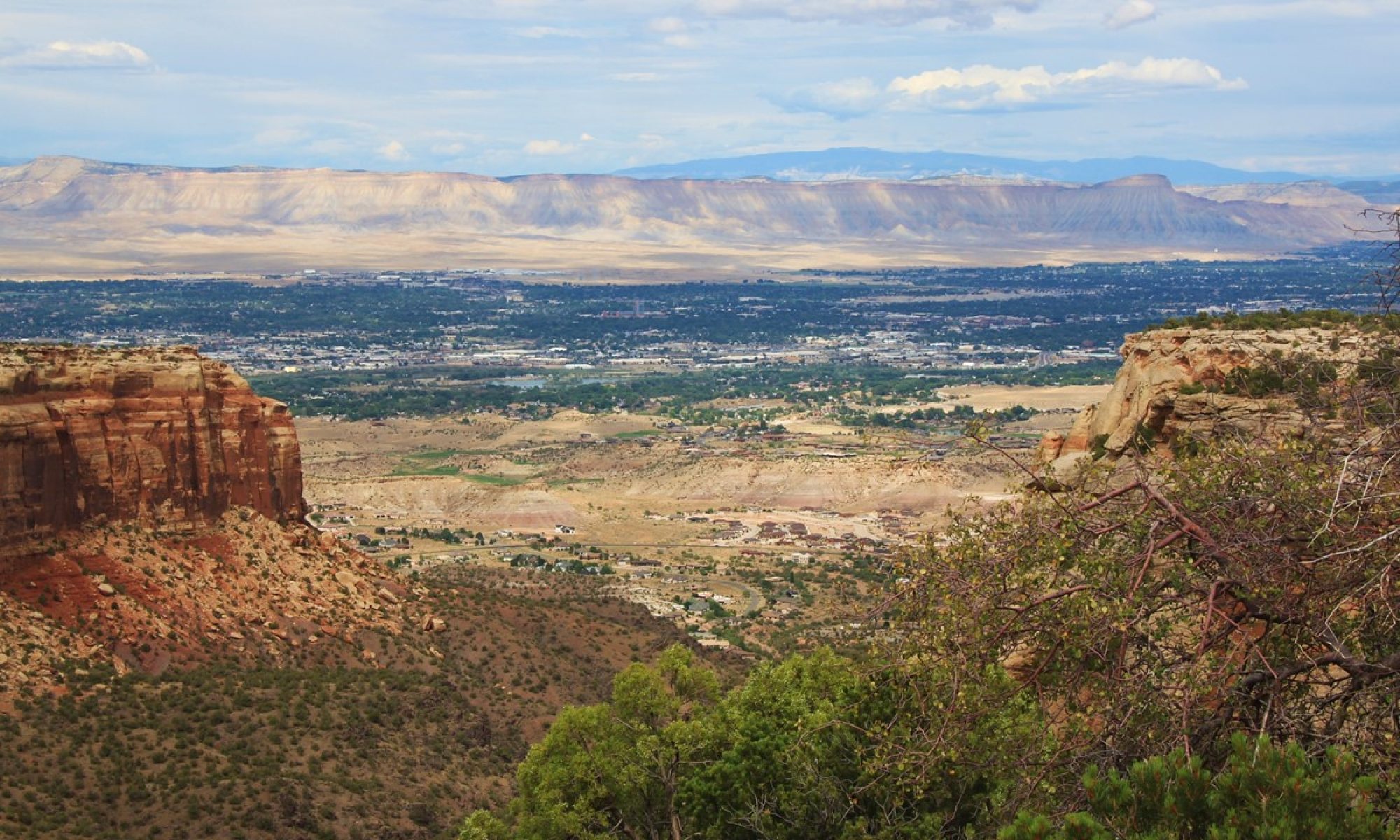Oman
Muscat
Thursday morning we enjoy breakfast as we begin to make our way into port. Making it into port and clearing everyone’s entry will take all morning, so we enjoy a lecture about the region’s history with oil “Black Gold”! After fieldwork and drilling wells in the Zagros regions in western Iran, George Bernard Reynolds discovered the first oil in the Middle East in 1908. The British Petroleum Company then began to operate in the region. Then, in 1938, an American-owned oil well in Dhahran, Saudi Arabia, drilled into what would become the largest source of petroleum in the world. The discovery radically changed the physical, human, and political geography of Saudi Arabia, the Middle East, and the world. Before the discovery (made by the company that would eventually become Chevron), Saudi Arabians were largely nomadic. The country’s economy was based on tourism revenue from observant Muslims’ pilgrimages to the holy city of Mecca. After the discovery, Saudis established strong infrastructure dotted with wells, pipelines, refineries, and ports. Today, oil accounts for roughly 92% of the Saudi budget. In 1941, during World War II, Britain and the USSR invaded countries in the Middle East to preserve their oil supply. After WWII, many of the countries nationalized all or parts of their oil industry beginning a long series of conflicts and political meddling in the region. Commercial oil was discovered in Oman in 1964 and was first exported in 1967. Subsequently the production and export of petroleum rapidly came to dominate the country’s economy. Today, Oman’s oil economy is rapidly shrinking, and the economy is focused on improving other sectors.
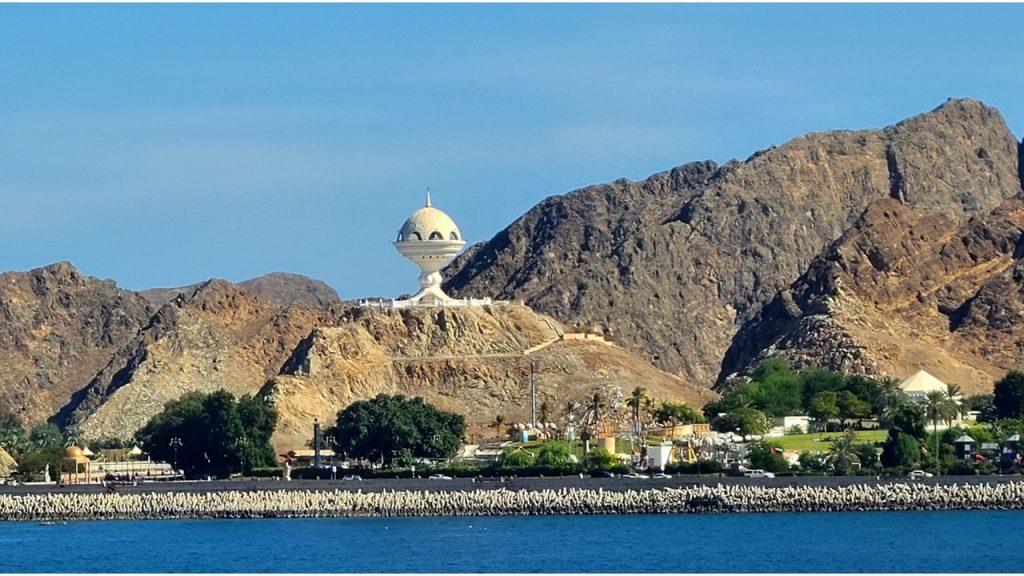

After lunch we were finally able to disembark the ship in Port Sultan Qaboos in Muscat Oman. Here, we met our local guide, Akmed, who took us on a quick tour of the city. Today, Oman is one of only two countries in the world with a Sultan, the other being Brunei. It is a country of 4.8 million people with approximately half of them being expatriates. Oman has 11 regions with 63 cities and speaks fluent Arabic and English.
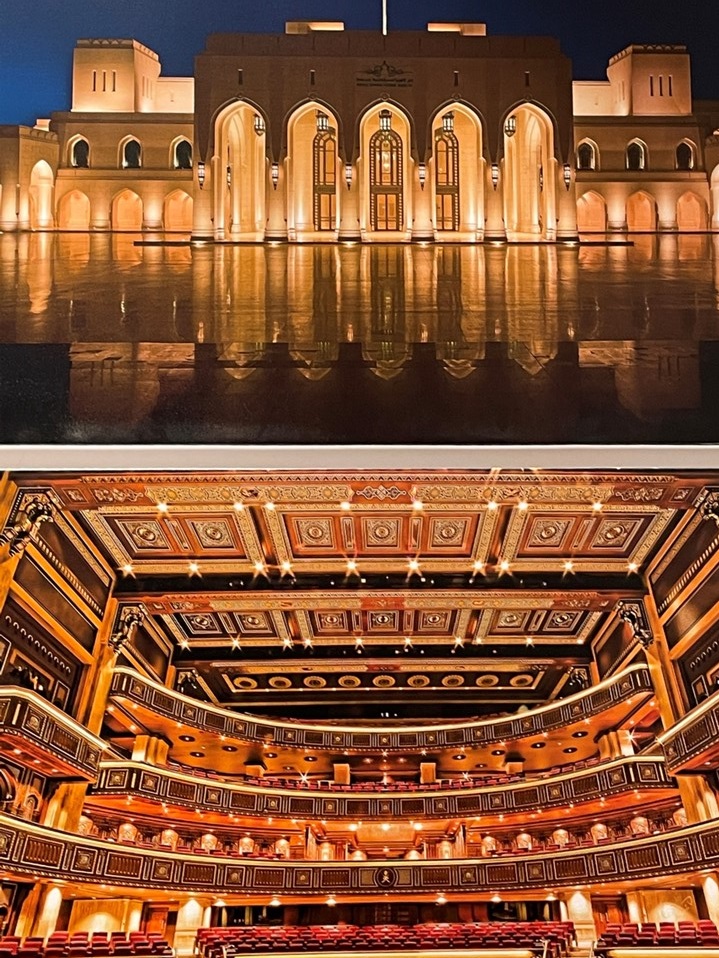
Its land are is only 309,000 sq. kilometers with most of it mountainous desert. We first visit the Bait Al Zubair Museum and gift shop which chronicles the history and customs of Omani clothing, jewelry, and weapons, and outlines the linage of its sultans. We then stop for photos at the Qasr Al Alam Royal Palace, which is located beachside in the city. There are two palaces in Muscat and four additional ones in the rest of country. The giant “ball” dominating the city’s skyline is for burning incense, principally frankincense. Then we head to the souk for a bit of shopping, where we find deals on frankincense, myrrh, pashminas, and other things. After an hour of shopping, we return to the ship for dinner. Tonight is our new friends’ 50th wedding anniversary and we celebrate at the Captain’s Table with them.



That evening, there is a short talk about the next day’s activities where we will visit an Omani city located just on the border with the United Arab Emirates (UAE).
Khasab
After breakfast, we head into the port city of Khasab. Khasab is on northern Oman’s Musandam Peninsula. Khasab Fort has crenellated stone turrets, model wooden boats and a museum with handicrafts and archaeological finds. From Khasab Harbor, we board wooden boats to cruise some of the Strait of Hormuz’ fjords, which offering rugged coastal views and an opportunity for dolphin sightings. Our wooden boat travels south, past small mountain villages and modestly green valleys, past Jabal Hareem peak which is known as a rich source of marine fossils. There are ~30,000 people living in the area, mostly fishermen and wealthy individuals. There is no reportable crime in the area although Iran is only located ~65 kilometers away. The port boast the fastest ferry in the world requiring only ~3.5 hours to get to Muscat. Since Iran is so close, their shepherds and herders bring their goats and sheep to the docks here in Oman so they get taken to market. They then take their money back to Iran. The first 30 minutes of our cruise to takes us past 5 small villages of 45 to 100 people each. Most people here have 5-10 goats living in the house with them, as is tradition. We head to Telegraph Island which is where the British had once set up telegraph wires, but is now deserted. Along the way, we spot a pair of humpback dolphins. We set anchor on the far side of Telegraph Island and jump into the water to snorkel the local coral. While Rocky was snorkeling, another boat cut our boat’s anchor line and we drifted away to the middle f the channel, stranding him for a short while. After returning and picking up Rocky and the other snorkelers, we sailed in and out of the many fjords before heading back to the dock as the sun was setting.

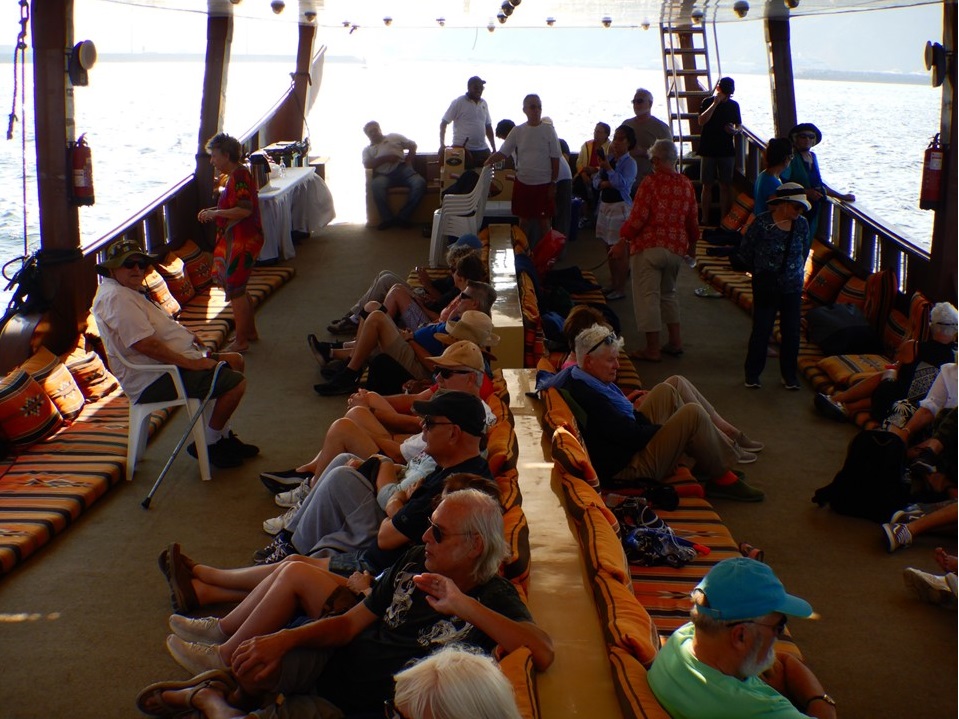

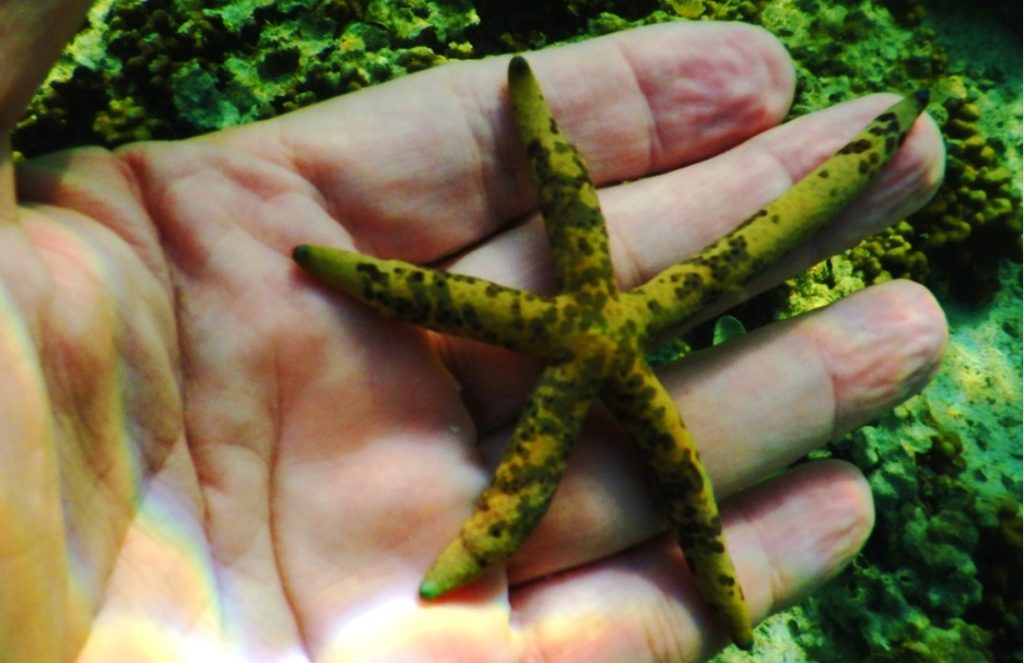
From there, we reboard our ship, prepared for dinner, and headed back into the Arab Gulf to pass through the Straights of Hormuz and into the Persian Gulf.
